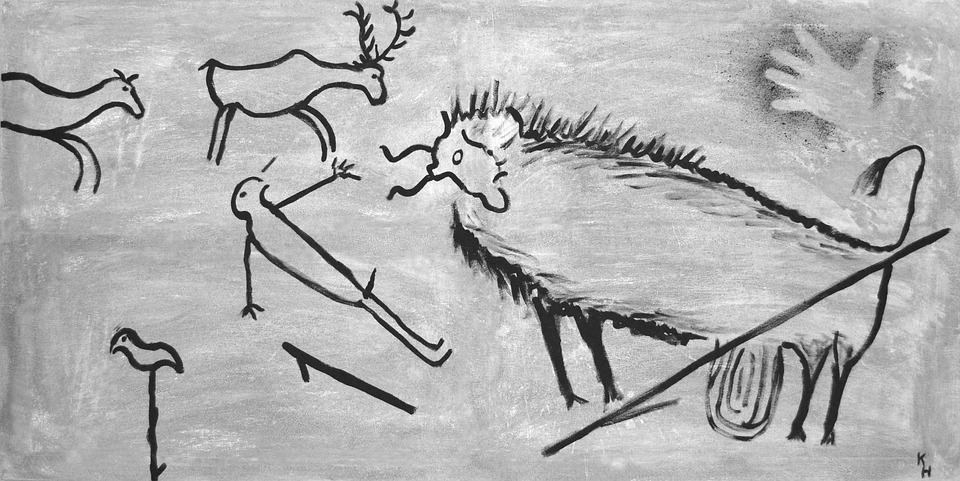Cave art or cave paintings are one of the world’s first works of art. Almost two hundred painted caves all the way back from 30,000 BCE has been discovered in the Pyrenees regions of northern Spain and southern France. These paintingsare usuallyhand stencils and have simple geometric shapes but some of them also depict animals but it occasionally includes human forms, human handprints, engravings, and symbols. And on this article, we are taking a look at the history of these fascinating cave art.
History
Mammoths,Bisons, and other large animals once lived among people all over Eurasia. And after tens of thousands years later, our prehistoric ancestors may have given us a glimpse into how they lived back then through the cave art they left behind.
There is about four hundred art-filled caves and shelters that have been discovered so far in France and Spain. But some of the most elaborate cave art was seen in France particularly in Lascaux and Chauvet. Cave art can be traced as far back as 65,000 ago to the time of the Neanderthals but radiocarbon dating and other methods revealed most cave art was less than forty thousand years old and they were created by homo sapiens. Majority of the cave art depicts animals that humans may have encountered or hunted during the ice age, animals such as lions, mammoths, horses, and deer. But other figures and human symbols have also been discovered in the caves. Cave art was mostly painted with black or red pigments made from rocks, charcoal, hematite, and manganese oxide. Some of them are directly painted onto the cave walls and some of them were engraved into the stones. Most of the time, the artist follows the natural contours of the stone walls to extenuate an animal’s features. Our pre-historic ancestors also liked to do hand stencils by placing their hand on the wall and blowing a pigment at it. These hand stencils can often be seen in the same caves among other paintings. Back in 2009, cavers found drawings in Coliboaia Cave in Romania that can be statistically compared to those found at Chauvet because initial dating of the image says that it is about 32,000 years old, the same range as the cave art that was found in Chauvet.
Since the late 1800s, people have argued about the meaning and purpose of the cave art. Some researchers believe that cave art was created by shamans who enters deep into a cave and go into a trance-like state and draw animals they encounter in the spirit world. They also believed that repeated symbols in the artwork may have a meaning that only the artists would understand which makes cave art the earliest form of graphic communication.
Cave art may have been created for different reasons and while we may never know the true meaning why our prehistoric ancestors created cave art or the meaning behind their paintings, their works give us a glimpse of their evolving minds and the world they lived in. The detailed drawings of the cave artists may teach us the appearance and behaviors of the animals that have been extinct for thousands of years. But more importantly, cave art is proof of the very first time humans expressed their thoughts through art.

